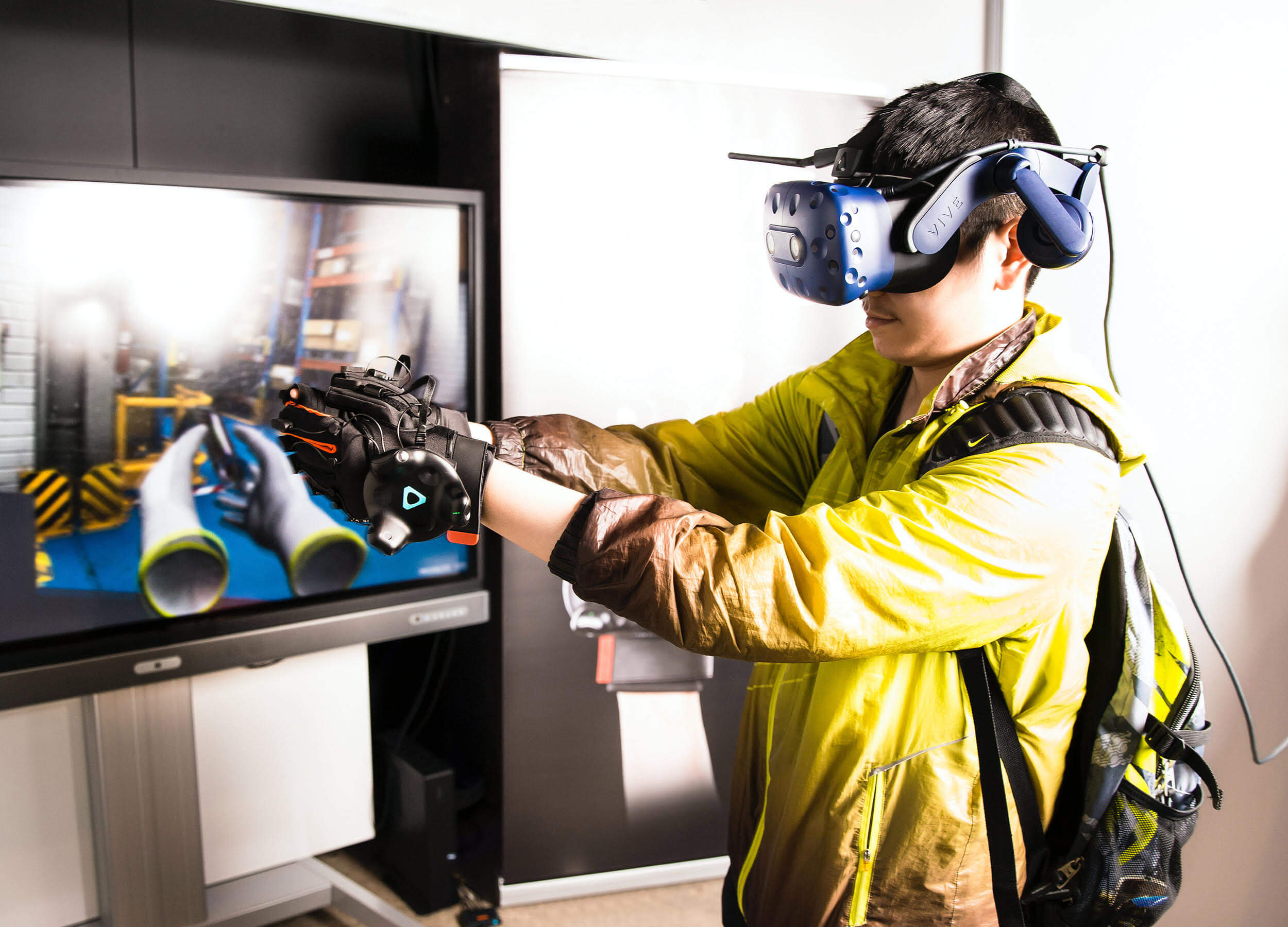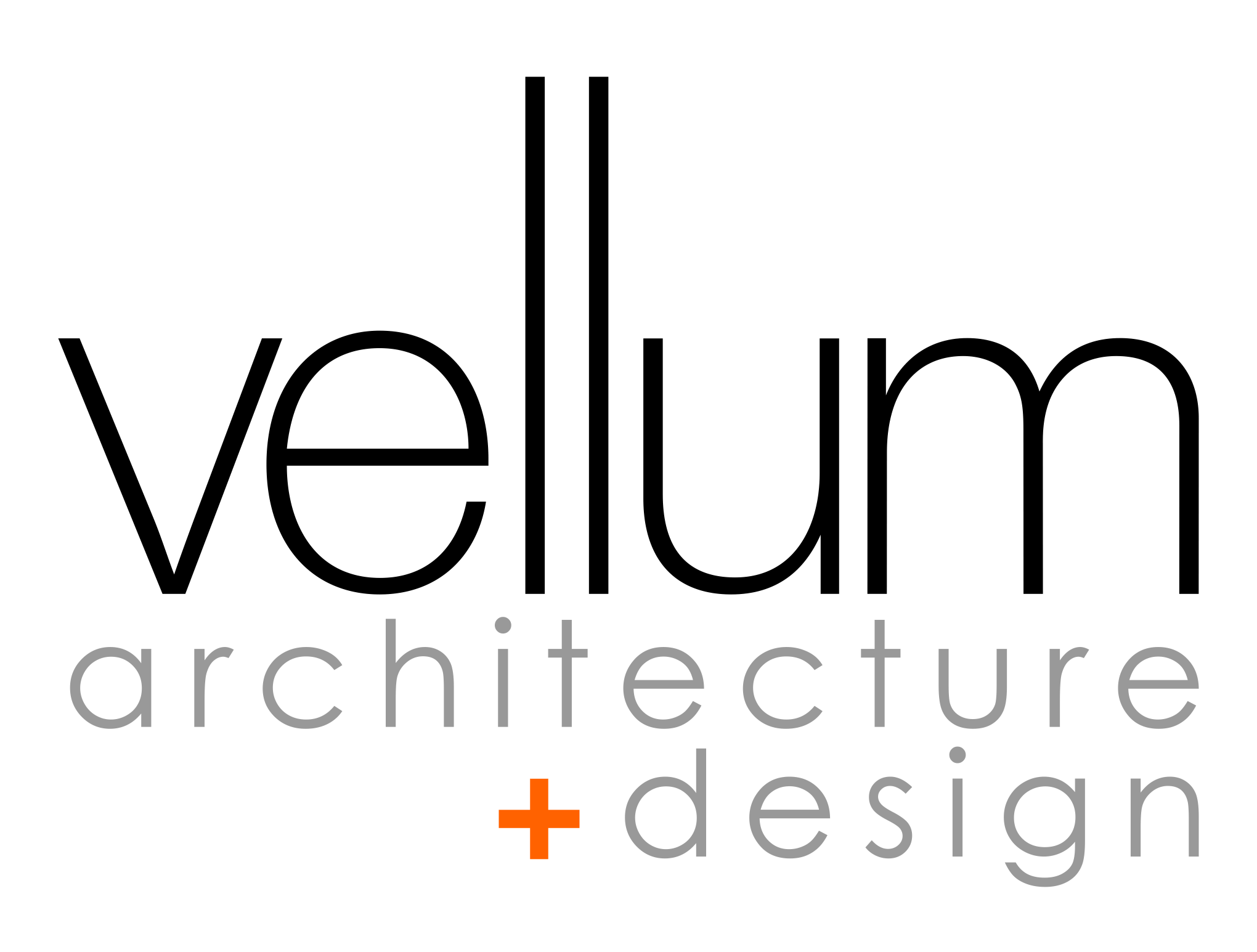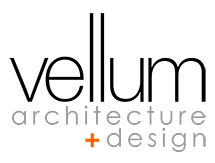
Mixed Reality: The future of architecture, today.
From the way in which we connect with each other, to how we interact with both physical and digital environments, technology shapes our experience and understanding of the world.
Technology also drives forward a stream of continuous change where new technological forces define social and cultural trends, and disrupts entire industries to the tap of increasingly intuitive screen interfaces.
Previous articles in this series have explored Augmented Reality (AR) and Virtual Reality (VR), and the impact these technologies have on the visualization of digital content. To recap, AR works by overlaying digital elements on the physical world using the camera on a smart device; and, VR helps us create immersive digital worlds that we can inhabit using a headset and other equipment fitted with motion sensors.
Considering how quickly the world is changing, it is not surprising that these two disruptive forces have now merged into a new, and even more revolutionary tool fittingly called Mixed Reality, or MR. With it, developers combine AR and VR to merge the virtual and physical worlds in real-time, creating fully interactive environments populated with both physical and digital components.
In this article, we explore Mixed Reality and other emerging technologies that are pushing humanity and architecture towards an increasingly immersive and interactive future!
Mixed Reality, or MR, uses Augmented and Virtual Reality to combine the real and virtual worlds into an interactive environment filled with both digital and physical components.
Mixed Reality & Architecture: How we inhabit and share digitally enhanced worlds
Mixed reality, along with other emerging technologies, is redefining the way architects design, build, and deliver projects to clients across the globe.
With MR, architects rely on specialized equipment such as Microsoft’s HoloLens, a Mixed Reality set of “smartglasses” that uses tracking technology first developed for Kinect, the motion-tracking add-on for Xbox gaming consoles.
Since its launch in 2016, the HoloLens has sprouted a multitude of applications in industries ranging from medicine to architecture, where existing 3D modeling software like Sketchup and Rhino already offers access to MR holographic scale models.
Software developer Trimble (in partnership with Google), for example, created Sketchup Viewer, a HoloLens application where users can interact with scale models and fully immersive 3D spaces. With the app, architects can not only replace physical scale models with interactive AR alternatives, but also navigate 1:1 views of their projects.
Designers also can jump back and forth from a scale model to the 1:1 virtual space, and share their experience with other architects, contractors, and clients looking to get a better understanding of a project. In the words of architect Greg Lynn, the combination of MR with the HoloLens allows designers to get inside a project earlier than ever before, giving them and their clients a better understanding at every step of the design process.
The degree of interactivity of MR solutions remains somewhat limited by expensive hardware, but there are already applications out there that exploit the immense potential of this technology and address immediate challenges facing our industry.
Remote Design, local fabrication, and the impact of emerging technologies in design
One of the chief examples of existing MR solutions for architects is Gamma AR, a mobile application that connects a designer’s office and project sites using fully interactive overlays of building information models.
With Gamma AR, designers can overlay and edit 3D models of anything from walls to HVAC systems on a project under construction, and share this information with on-site contractors or clients through a smart device. This allows for remote management and supervision of a site, and eliminates many of the potential misunderstandings that oftentimes cost firms both time and money.
Even on their own, solutions like Gamma AR are impressive enough, but their true value lies in their combination with other technologies to further streamline the process of remote design and construction.
Considering the profound improvements made in rapid prototyping and full-scale 3D printing technologies in the past decade, it is safe to say the future of architecture lies with designers guiding the entire construction process remotely by sharing interactive digital content.
Using MR in the design and remote fabrication of construction materials opens the door to an increasingly automated building process, and to projects that could be easily assembled by local personnel with little training or experience.
Mixed Reality: Applications to Residential Design and Beyond
Some gaps remain to be filled before achieving a fully automated construction process, but Mixed Reality applications to design already offer invaluable tools to architects and their clients, especially for smaller design firms.
At Vellum, we recognize these immediate applications to both the remodeling of existing spaces and to remote assistance in construction. When remodeling or restoring residential spaces, MR offers designers a tool to convey design decisions to their clients, and smart gear such as the HoloLens allows for these decisions to be shared remotely.
Renovating a vacation home or investment property, for example, is a process that could be expedited by sharing design ideas via HoloLens, allowing clients to visualize design decisions and immerse themselves in a space long before construction starts.
Solutions targeting the construction process itself are currently being explored by companies like Fologram, a design research startup working with innovative MR applications. Their HoloLens application accurately positions digital content in any physical space, and has already been used in the construction of wireframe pavilion-scale structures.
This partial automation of the design process, and the ability to deliver clear instructions to builders is not only relevant to residential design, but also to disaster relief initiatives around the world.
At Vellum, we Explore the Future of Design today
It is clear that the future is upon us, and it is only a matter of time before hardware catches up to technologies like Mixed Reality. Soon, MR will redefine how we interact with the digital and physical worlds, and how we integrate the two into a single experience.
At Vellum, we are already exploring the possibility of remote design using MR applications, delivering digitally to virtually any place in the globe, and printing and building locally for a fraction of what it would cost to send a team abroad. It is our will to innovate that sets us apart, and the coming year promises to deliver exciting new ventures and opportunities to further integrate emerging technologies into our work!




